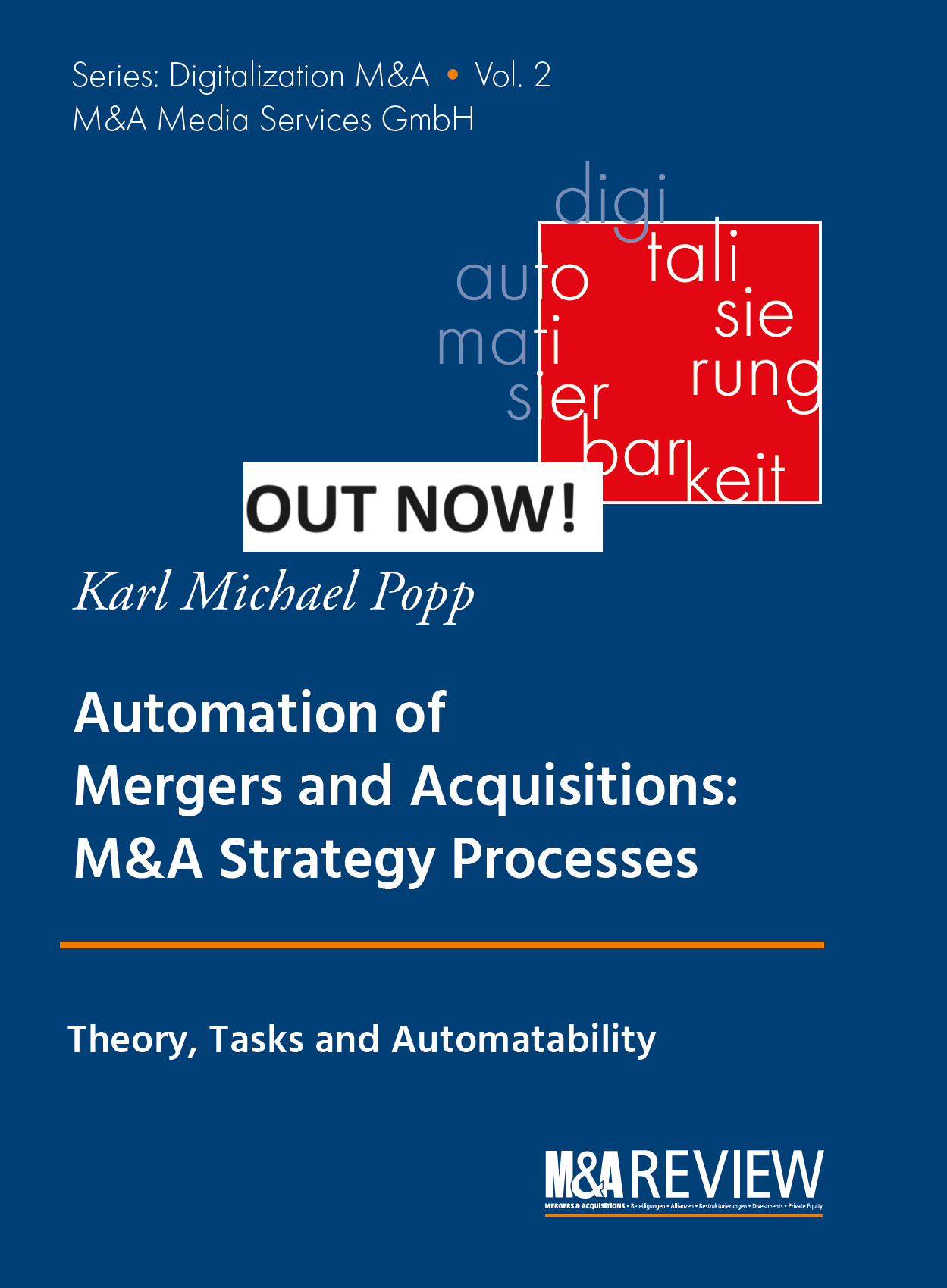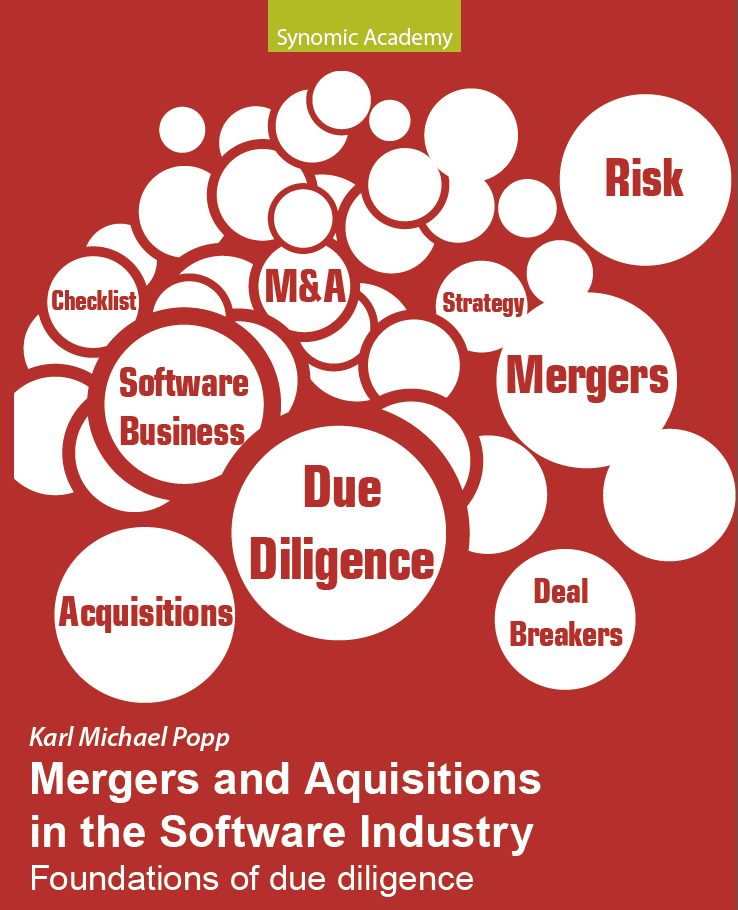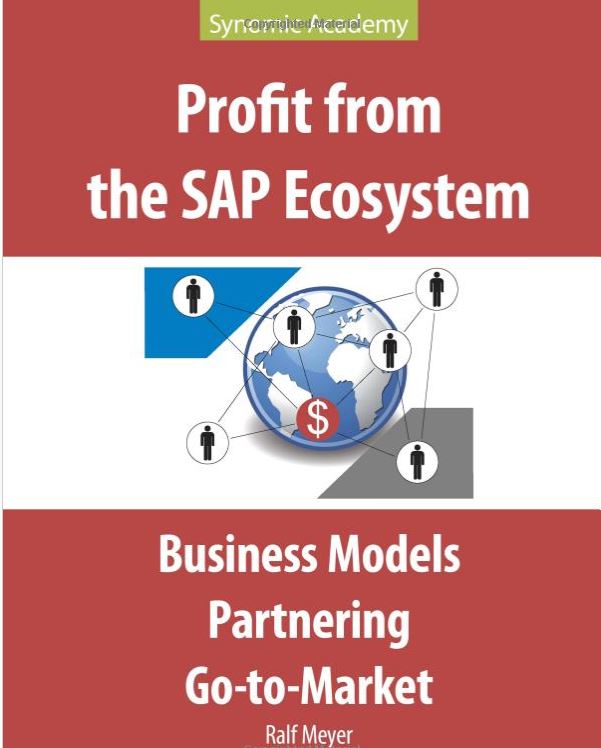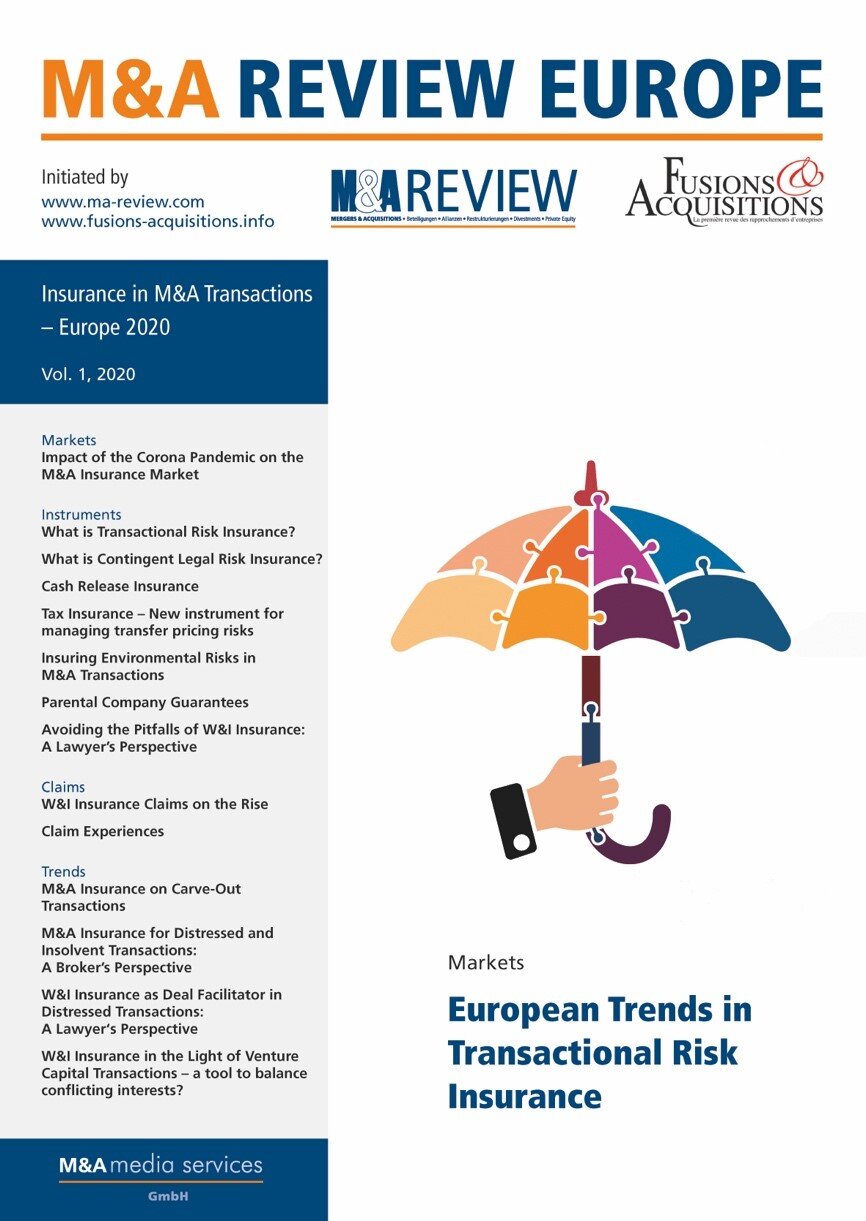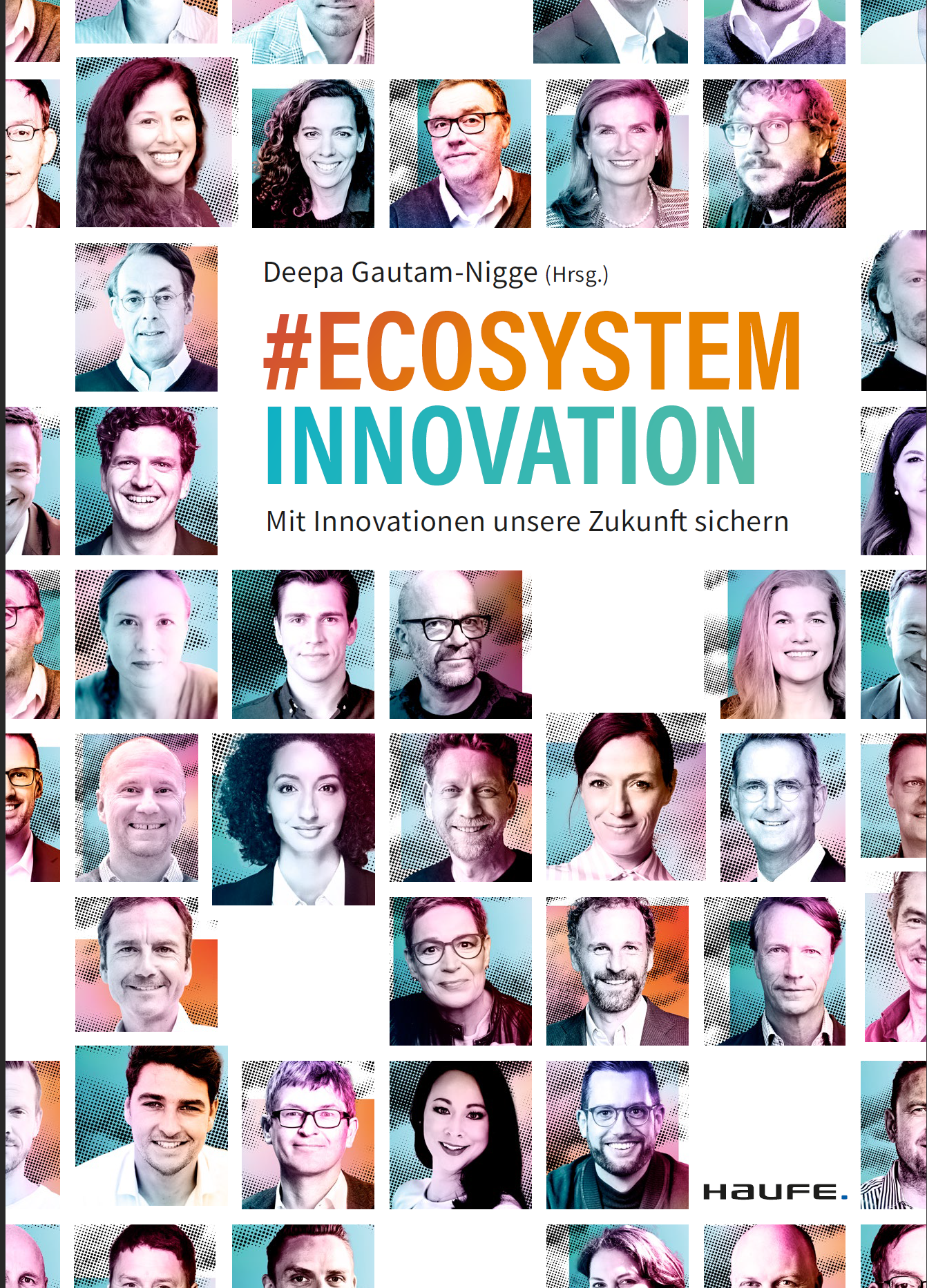Future Vision for M&A Tools: A Unified Platform
This blog is in the Top 25 M&A blogs worldwide according to Feedspot
The current M&A process is often hindered by a fragmented array of tools and solutions, each addressing different aspects of the process. This heterogeneous landscape creates inefficiencies and challenges in achieving seamless integration and value realization.
Current Challenges
1. Fragmented Solutions: The M&A process involves various stages such as target identification, due diligence, negotiation, and post-merger integration. Each stage often relies on different tools, leading to a lack of cohesion and increased complexity.
2. Integration Issues: Disparate systems can result in data silos, making it difficult to share information across teams and stakeholders. This can delay decision-making and reduce the overall effectiveness of the M&A strategy.
3. Scalability Concerns: As companies grow and engage in more complex deals, the need for scalable solutions becomes critical. Current tools may not easily adapt to the increasing demands of larger transactions.
The Vision OF a Unified Platform
The future of M&A tools envisions a single, integrated platform that encompasses the entire M&A lifecycle. This platform would offer open integration capabilities, allowing organizations to incorporate best-in-class tools and technologies seamlessly.
1. Comprehensive Coverage: A unified platform would cover all stages of the M&A process, from initial strategy and target identification to post-merger integration. This would streamline workflows and reduce the need for multiple, disconnected tools.
2. Open Integration: By supporting open integration, the platform would enable companies to plug in specialized tools as needed, ensuring they can leverage the latest innovations without being locked into a single vendor.
3. Enhanced Collaboration: With a centralized system, teams across different functions and geographies can collaborate more effectively, sharing insights and data in real-time.
4. Data-Driven Insights: Advanced analytics and AI capabilities would provide deeper insights into potential deals, helping companies make more informed decisions and identify synergies faster.
Conclusion
The future of M&A tools lies in creating a cohesive, integrated platform that simplifies the complex M&A process. By addressing the current challenges of fragmentation and inefficiency, such a platform would empower organizations to execute M&A strategies more effectively, ultimately driving greater value from their transactions. As technology continues to advance, the realization of this vision will become increasingly attainable, transforming the M&A landscape for the better.
I hope you liked this extreme automation example. This example was presented in conjunction with my new book “Automation of Mergers and Acquisitions“.
CLICK OR SCAN THE QR CODE TO ORDER THE BOOK





